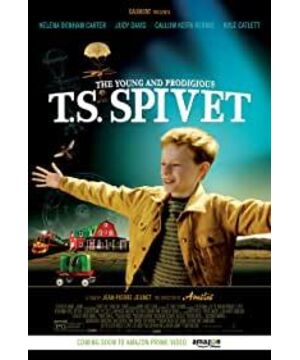The death of a family member greatly changes the atmosphere of the family, and even the appearance of each individual.
In terms of emotional function, grief is the human response to loss. For the death of a loved one, such a major loss in life, grief is a natural and complex matter.
Psychologist Elisabeth Kübler-Ross proposed in the death book "On Death and Dying" that human's emotional response to death is divided into five steps, commonly known as the five of sorrow. Five Stages of Grief. The five stages are: denial, anger, bargaining, depression, and acceptance.
The death of the Spivey twins clearly had a long denial phase in the family's mind, with everyone pretending it didn't happen. This left Speyway angry but unable to express it, triggering a series of abnormal behaviors and a strange journey of the 10-year-old's intellectual, physical and social status.
Complicated visual and auditory hallucinations and fantasies are his bargaining with God. And his peculiar encounter also forced the family to die face-to-face, which quickly progressed from denial to the following stages. 10,000 words and the entire movie are omitted here. Anyway, at the end of the film, Speyway expressed his guilt for his brother's death on TV, the mother expressed her comfort to the child, and the family was freed from various eccentricities after the disaster and reunited. And the mothers are pregnant again, expressing their complete acceptance of the trauma and their positive attitude to finally move on.
In the movie, these five steps took about two years and spanned more than half of the United States geographically. And the death of my child, from 2012 to 2014 to 2015, from Beijing to Vancouver to Ottawa, we are still live in denial, I don't know when we can get rid of it.
View more about The Young and Prodigious T.S. Spivet reviews











